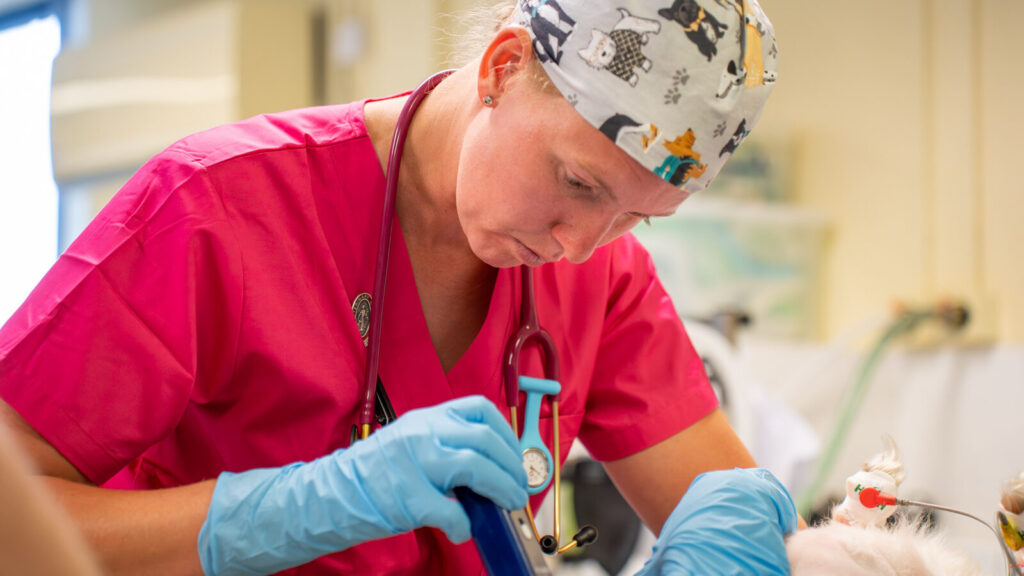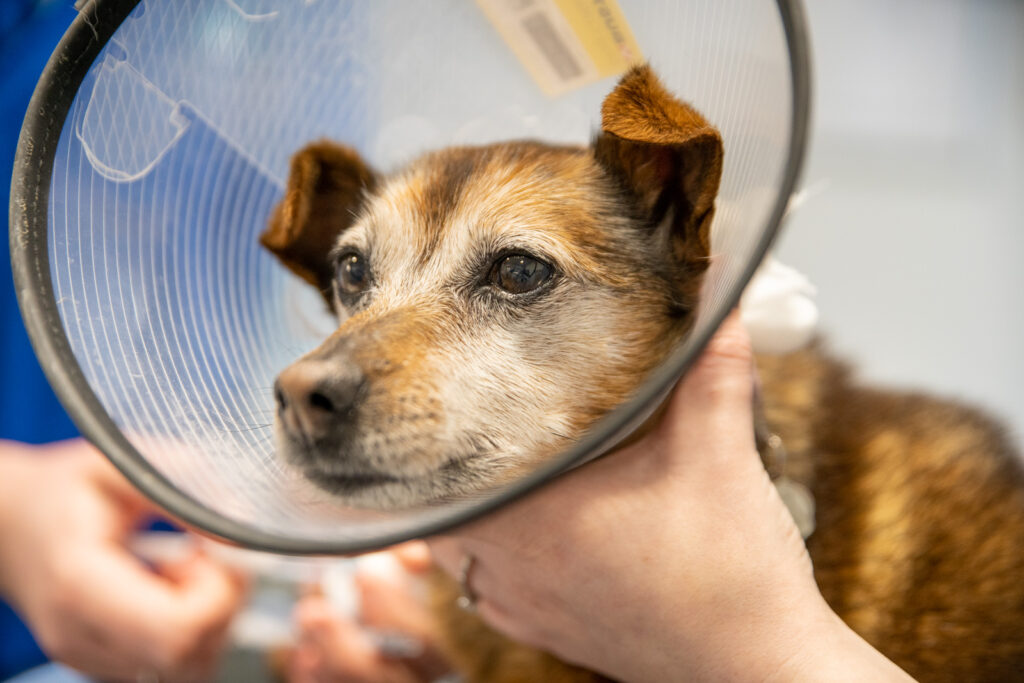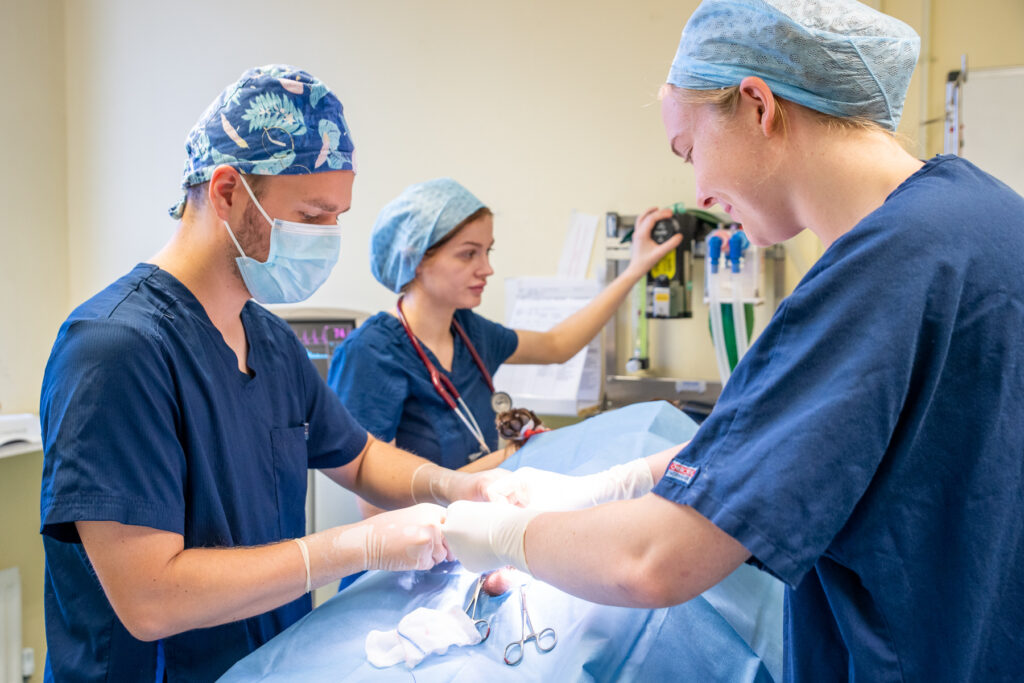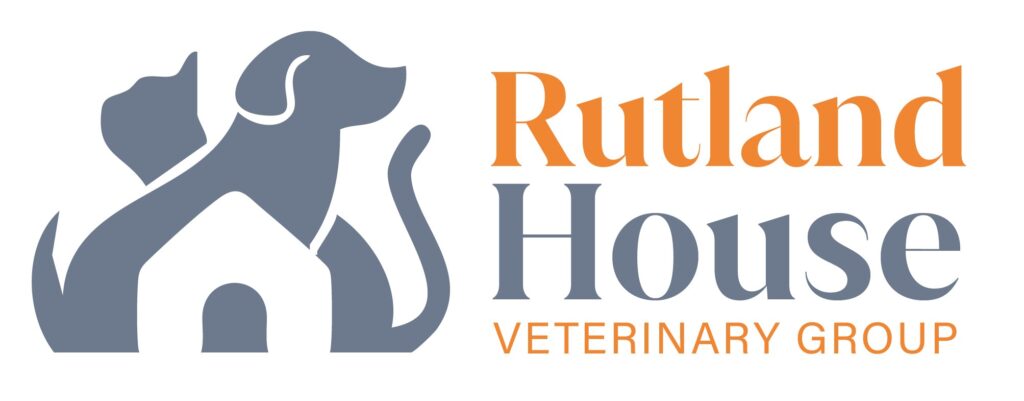Laparoscopic surgery
Our expert team offer a range of laparoscopic surgeries.

Laparoscopic (“keyhole”) surgery is a minimally invasive surgery, which involves passing a camera and specialised instruments through small (0.3-1cm) incisions in the body wall, to perform surgical procedures.
You may be aware of the many reported advantages of keyhole surgery for people, and we believe the same is true for pets.
We offer several minimally invasive laparoscopic (keyhole) surgeries:
- Keyhole spays for dogs weighing more than 10kg, including dogs with abdominal retained testicles.
- Explorative laparotomy
- Laparoscopic guided biopsies of the liver.

What are the reported advantages of keyhole surgery in pets?
In our experience, post-operative pain often appears reduced compared to traditional operations.
- Smaller incisions.
- Faster healing time.
- Fewer post-operative complications.
- No stitches in the skin – usually no need for a buster collar.
- Rest is usually only required for two to three days after the procedure.
- Clearer and safer view for the surgeon.
There are many surgical and diagnostic procedures we can perform using our specialised equipment and trained colleagues. The most common is keyhole spaying (laparoscopic ovariectomy).
Other procedures
Keyhole surgery can benefit many other patients, and enables us to provide minimally invasive options for surgeries such as:
- Removing retained testicles.
- Liver biopsies.
- Prophylactic gastropexy.
- Examining and taking biopsies of the ear, nose and bladder.
Keyhole surgery requires expert training for our team, and investment in and maintenance of the specialised equipment. There is, therefore, an additional cost associated with most keyhole surgery compared to open surgery.
To book an appointment or learn more about whether a keyhole procedure could be suitable for your pet, please contact the practice.

How does keyhole spaying work?
A keyhole spay is performed through two small incisions (0.3-1cm depending on the size of the patient), compared to one larger incision (2-4cm in cats, 5-15cm in dogs). We can also neuter cats, and there is no minimum size requirement.
One incision is for the camera, which displays a magnified view on a monitor, allowing a clear picture for the veterinary surgeon. The second incision is for instruments which are used to remove the ovaries.
FAQs
Will my pet be sore after the procedure?
In a conventional spay, the ligaments connecting the ovaries to the abdomen have to be stretched, which causes pain. With keyhole spaying, these ligaments are cauterised and cut, which is reported to be significantly less painful.
Will my pet be sore after the procedure?
Due to the positioning of the instruments, is it necessary to clip a large area of hair on the sides and the belly. This ensures the area is sterile for surgery.
Will my pet be sore after the procedure?
Both small incisions are closed with dissolvable stitches under the skin, so most pets do not pay attention to the wounds. It is important to ensure they don’t lick, though, so occasionally a pet will require a bodysuit or collar to prevent this.
Will my pet be sore after the procedure?
For a conventional spay, pets need to rest for 10 to 14 days, with keyhole procedures the usual rest time is just two to three days, so long as the recovery goes as planned.
Will my pet be sore after the procedure?
So long as the ovaries are fully removed, removing the uterus does not add benefit to the patient. In order for pyometra (a serious infection of the uterus) to develop, hormones are required, which come from the ovaries.
Therefore, without ovaries, it is not possible to develop this condition. If we see that the uterus looks abnormal during the procedure, we may be able to remove it laparoscopically or may advise converting to open surgery to do so.
Will my pet be sore after the procedure?
The effect of both surgeries is the same. Females spayed by either method will not have seasons, cannot become pregnant and will not develop false pregnancies. Spayed animals cannot develop life-threatening uterine infections (pyometra) or ovarian tumours.
In addition, spaying a female dog before her third season has been proven to reduce the risk of developing mammary cancers later in life.
